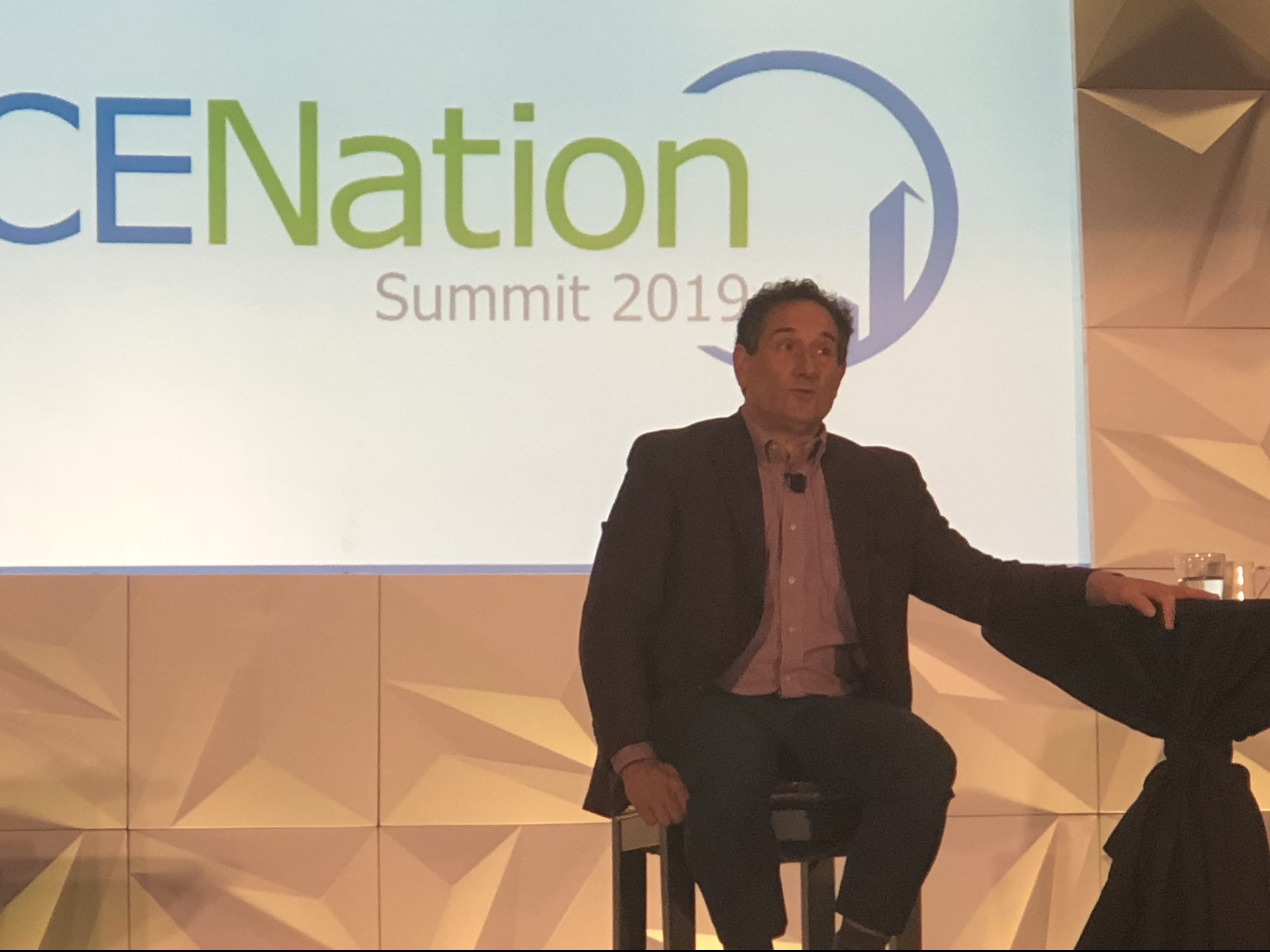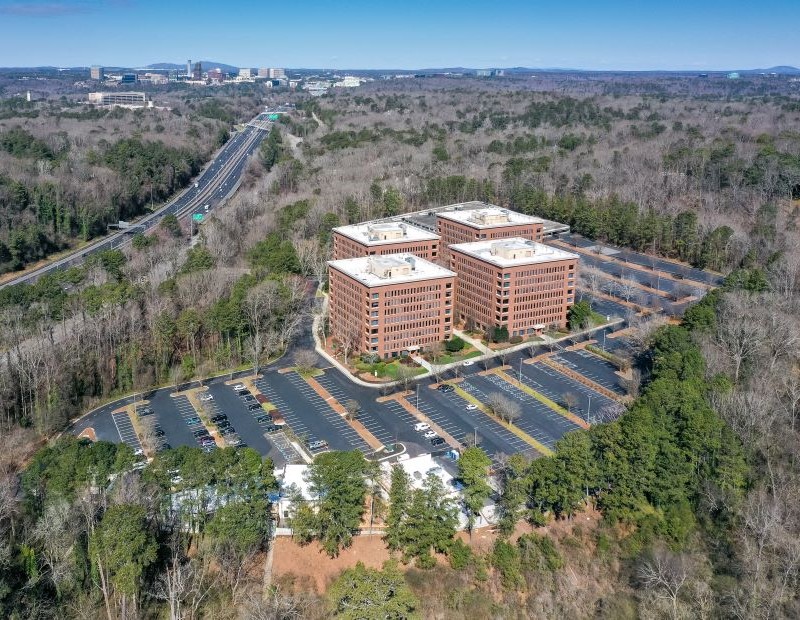PACE Financing: Partnership With Public Sector Is Fundamental
The role of policy in the green energy finance strategy was a hot topic at the PACENation Summit in Austin last week.
At last week’s PACENation Summit in Austin, Texas, public policy was at the forefront during many of the panels and conversations in the halls. This should not come as a surprise. PACE is, at its core, a public-private partnership that requires effective communication and solid relationships between the public and private stakeholders to function properly.
Setting Up Programs the Right Way
For a PACE program to be put in place, a state government must first pass statute that establishes clean energy as a public benefit and defines the manner in which local governments establish PACE districts. Once the statute is implemented, it is up to local governments to adopt ordinances that opt-in to the PACE programs. Even though this system provides flexibility to state and local governments, it can also cause headaches for those who operate on the private side of the partnership.
One such frustration can come from having to learn the nuances of multiple PACE programs. The conference’s host state of Texas, for example, has a statute that allows each county government to administer their own PACE programs. Colorado, on the other hand, has a single PACE administrator and all counties and cities that opt-in follow the same program guidelines. Other states may have statutes that are written so broadly that it diminishes the ability of PACE to operate at all. This may be why even though 36 states have some form of Commercial PACE statues on the books, only 20 states have active projects.
Many attendees and panelist at the conference expressed a desire to smooth the patchwork of so many unique programs across the country. Because PACE is a local program, with payments collected and liens enforced by local governments, there will always be differences between jurisdictions in the manner in which they operate. Working with state and local governments to standardize PACE programs as much as possible will be one of the biggest challenges for the industry in the future. Despite this fragmentation, those involved in with PACE see this challenge as only an inconvenience and not as a complete deterrent.
Green Policy Could Drive Future PACE Growth
With the federal government reluctant to act in a response to climate change, many state and local governments have adopted their own goals to reduce carbon emissions, with some committing to goals as ambitious as reaching net-zero development in all new buildings by 2030. New York City wants to reduce carbon emission 80 percent by 2050. New Mexico has said it will cut its carbon emissions 45 percent below their 2005 levels by 2030. Many more of these ambitious goals have been announced in the last few months, but won’t be attainable without substantial reduction in emissions by large buildings.
There’s also the prospect of the Green New Deal, an ambitious resolution proposed by Democrats. While attendees at the summit didn’t foresee any manner of major climate change policy being enacted on the federal level anytime soon, many were grateful that the Green New Deal has forced climate change and carbon reduction into the center of the national political conversation in an unprecedented way.
U.S. Representative Andy Levin (MI-9), a member of the large freshman class in the House of Representatives and veteran of clean energy and the PACE industry, gave the keynote address on the final day of the conference. He stressed the need for programs such as PACE to help close the critical funding gap between what the public can accomplish and the massive amount of work that needs to be done in order to reduce carbon emissions in such a short time frame.
Rep. Levin believes that PACE is well-suited to tackle these issues because it is flexible. PACE can “finance a technology that wasn’t invented when the statute was written,” Levin said, stressing that PACE can be used to finance the latest and greatest advances in green technology without having to return to state and local governments for approval, as long as it fits within predetermined guidelines on the books.








You must be logged in to post a comment.